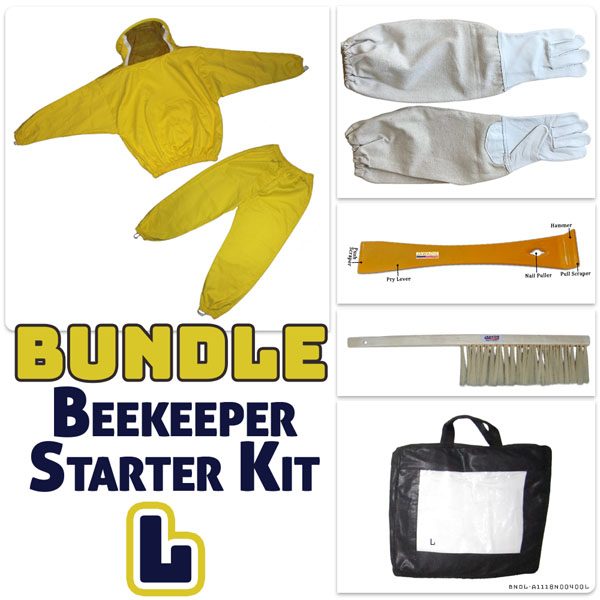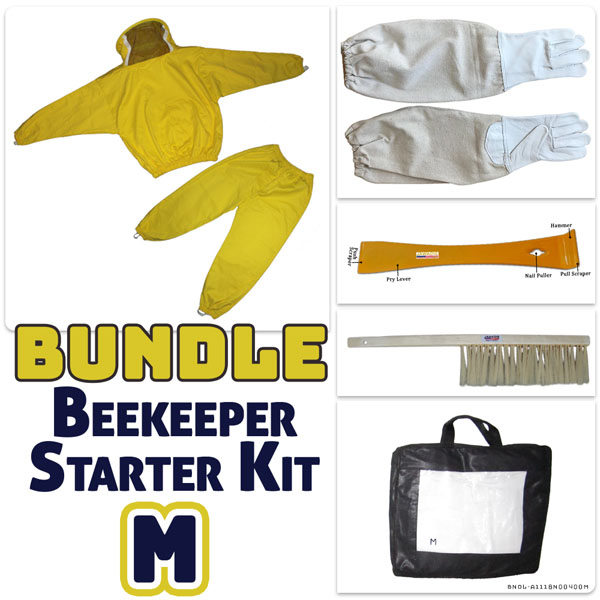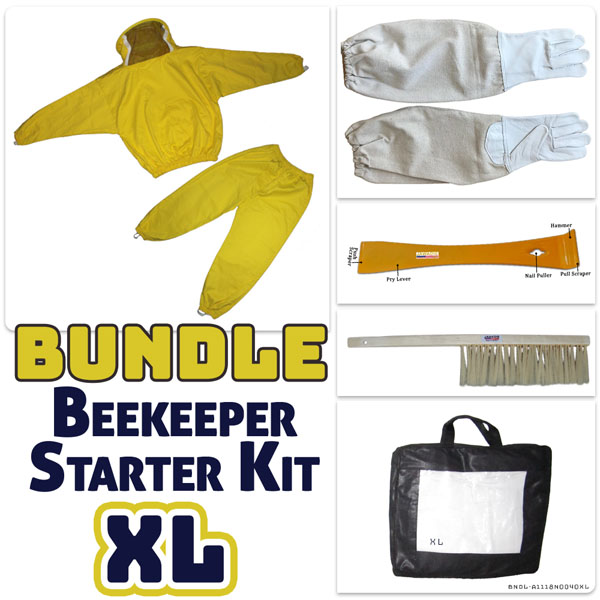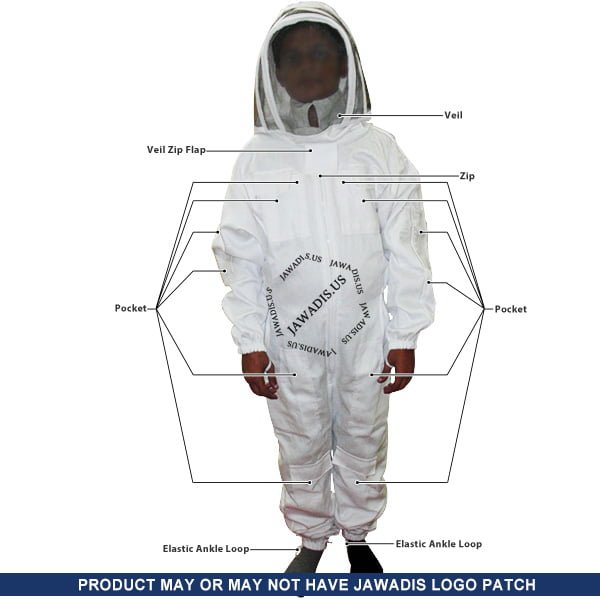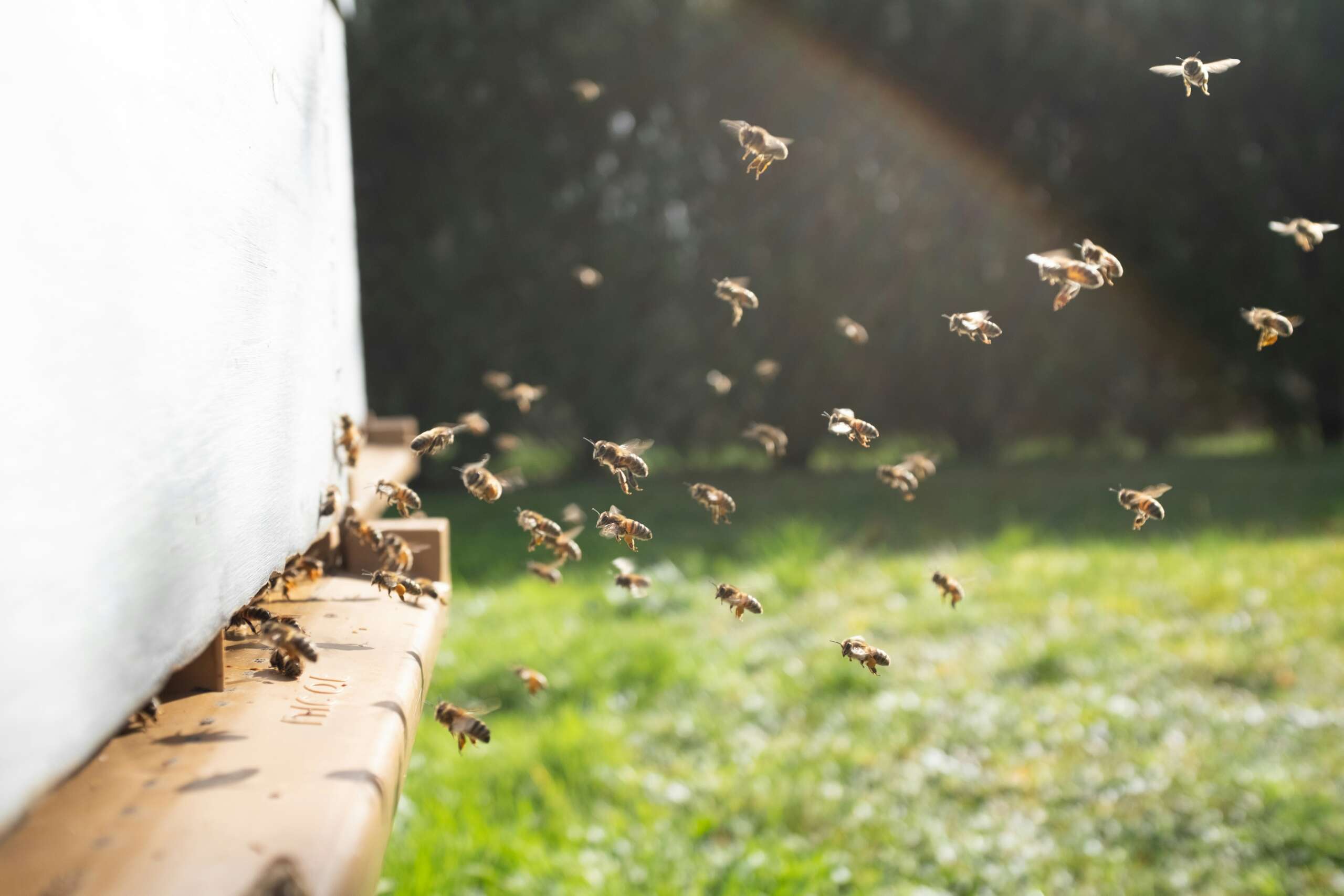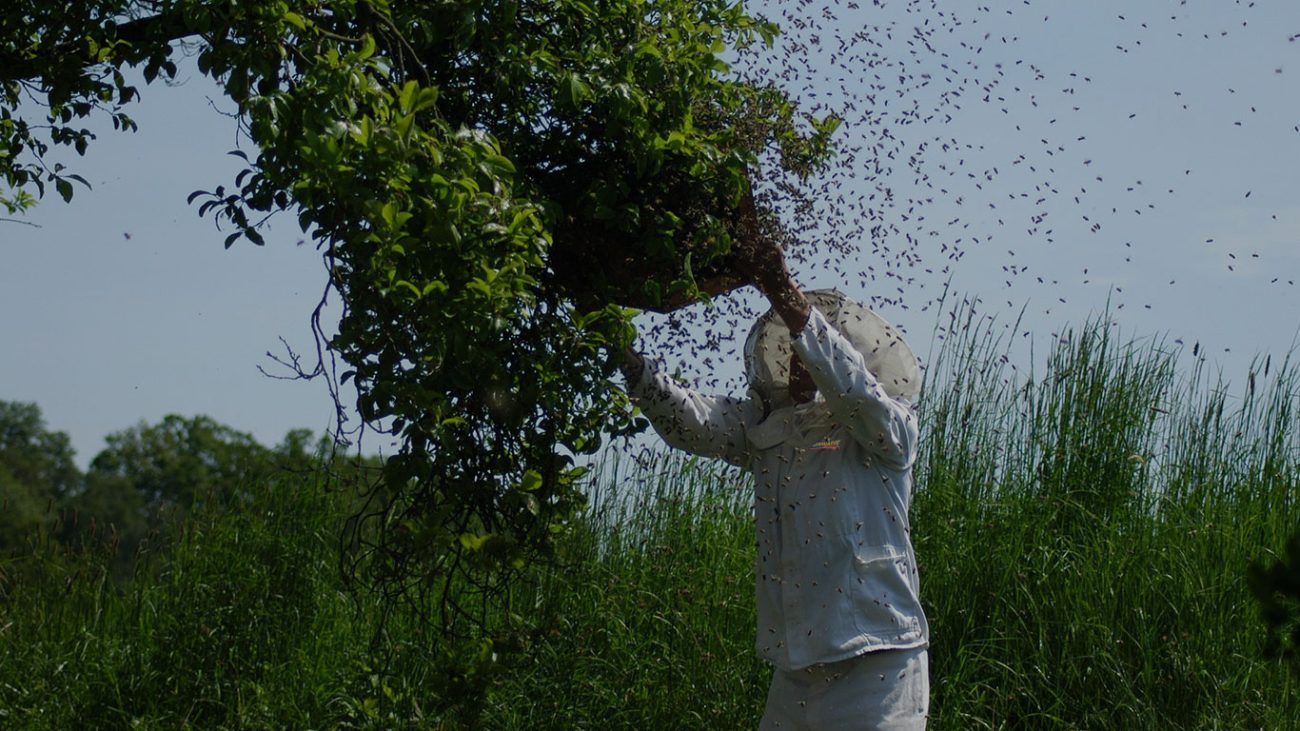- Adult Beekeeper Suit Sizing Guide
- Adult Beekeeper Jacket Size Guide
- Adult Garden Beekeeper Gloves Size Guide
- Children’s Beekeeper Suit Size Guide
- Children’s Beekeeper Jacket Size Guide
- Children’s Garden Bee Gloves Size Guide
- Adult Go-Kart Racing Suit Size Guide
- Martial Arts BJJ Gi Size Guide
- Lightweight Uniform Gi Size Guide
- Sports Foot Guide Size Guide
- Gloves Size Guide
- Parkour Gloves Size Guide
- Shorts Size Guide
Understanding Colony Collapse Disorder (CCD) and Supporting Bee Health

Introduction to Colony Collapse Disorder (CCD)
Colony Collapse Disorder (CCD) represents a major threat to bee populations worldwide, characterized by the sudden and unexplained disappearance of worker bees. This phenomenon leaves behind the queen and immature bees, disrupting the colony’s function and survival. First identified in 2006, CCD has since garnered significant attention due to its potential impact on both the ecosystem and agriculture.
The symptoms of CCD are distinctive: beekeepers often find hives that appear nearly empty, with no indication of dead bees nearby. The remaining queen and young bees are left unable to sustain the hive, leading to its eventual collapse. This abrupt disappearance of worker bees is alarming, as these bees play a crucial role in foraging and maintaining hive health.
Bees are indispensable to the ecosystem, primarily due to their role in pollination. They contribute to the reproduction of numerous plant species by transferring pollen from one flower to another, facilitating the production of seeds and fruit. This process is vital not only for wild flora but also for agricultural crops. In fact, about one-third of the food we consume relies on pollination by bees and other insects. The decline in bee populations, therefore, poses a severe risk to food security and biodiversity.
The significance of CCD extends beyond beekeeping communities, affecting global agriculture and ecosystems. As pollinators, bees support the growth of many crops, including fruits, vegetables, nuts, and seeds. A reduction in bee populations can lead to decreased crop yields, higher food prices, and reduced availability of certain foods. Additionally, the loss of bees can disrupt natural habitats, affecting other wildlife that depends on the plants bees pollinate.
Understanding and addressing Colony Collapse Disorder is crucial for sustaining bee populations and ensuring the health of our ecosystems and food systems. By recognizing the symptoms and consequences of CCD, we can take informed steps to mitigate its effects and support bee health.
Potential Causes of CCD
Colony Collapse Disorder (CCD) is a complex phenomenon with multiple potential causes, each contributing to the decline of bee populations in different ways. One of the primary suspects in the onset of CCD is pesticide exposure. Neonicotinoids, a class of pesticides, have been particularly scrutinized. Research has indicated that these chemicals can impair foraging behavior, disrupt navigation, and weaken immune systems in bees, making them more susceptible to diseases.
In addition to pesticide exposure, habitat loss is another significant factor. Urbanization, intensive agriculture, and land-use changes have led to the destruction of natural habitats, reducing the availability of forage and nesting sites for bees. This loss of biodiversity not only limits food sources but also affects the overall resilience of bee colonies.
Climate change is also playing a pivotal role in CCD. Altered weather patterns, temperature fluctuations, and changes in the timing of flowering plants can disrupt the synchrony between bees and their food sources. These shifts can lead to nutritional stress, which in turn impacts bee health and colony stability.
Pathogens and parasites, such as the Varroa mite, are critical contributors to CCD. The Varroa mite, in particular, is a devastating parasite that feeds on the blood of bees and transmits viruses. Infested colonies often exhibit signs of weakened immunity and increased susceptibility to infections. Recent studies highlight how the combination of Varroa mite infestation and viral loads can significantly elevate the risk of colony collapse.
It is widely accepted among experts that CCD is not caused by a single factor but rather a synergy of these stressors. For instance, pesticide exposure may weaken bees, making them more vulnerable to pathogens and parasites. Similarly, environmental stressors like habitat loss and climate change can exacerbate the impacts of chemical exposure and parasitic infections. Ongoing research continues to explore these interactions to develop effective strategies for mitigating CCD and supporting bee health.
Preventative Measures and Solutions for Beekeepers
Maintaining the health of bee colonies is paramount for beekeepers aiming to mitigate the risk of Colony Collapse Disorder (CCD). A multifaceted approach is essential to ensure that hives remain thriving and resilient. One of the primary strategies involves maintaining optimal hive conditions. This includes ensuring proper ventilation, providing adequate space, and ensuring that bees have access to clean water and diverse floral resources. Regular hive inspections are critical to monitor for signs of disease, pests, and other stressors that could compromise bee health.
Integrated Pest Management (IPM) practices are also a cornerstone of maintaining healthy hives. IPM involves a combination of biological, physical, and chemical methods to control pests with minimal impact on the environment and non-target species like bees. For instance, the use of screened bottom boards can help reduce Varroa mite populations, while introducing beneficial insects can naturally control pest populations. Beekeepers should emphasize the use of organic treatments and avoid synthetic pesticides that could harm bees and their environment.
Another key aspect is the use of high-quality beekeeping suits. These suits provide essential protection against stings, allowing beekeepers to work safely and effectively. Investing in well-made suits for both adults and children can enhance the beekeeping experience and promote best practices in hive management. Proper attire is not just about safety; it also facilitates more thorough inspections and interventions, further contributing to hive health.
Beyond individual hive management, broader environmental practices also play a crucial role in supporting bee health. Organic farming and reduced pesticide use are vital components of creating a bee-friendly environment. By reducing the reliance on harmful chemicals, beekeepers and farmers alike can foster habitats that support not only bees but other pollinators and beneficial insects. Planting diverse, native plants can provide continuous forage throughout the season, ensuring that bees have access to the nutrition they need to thrive.
Incorporating these preventative measures and solutions can significantly reduce the risks associated with CCD, supporting the sustainability and productivity of bee colonies. Through diligent hive management, adoption of IPM practices, and commitment to organic and pesticide-free farming, beekeepers can play a pivotal role in safeguarding bee populations and promoting a healthier ecosystem.
Supporting the Beekeeping Community
Addressing Colony Collapse Disorder (CCD) effectively requires a collective effort within the beekeeping community. Education and community support play pivotal roles in this endeavor. By sharing best practices and participating in local beekeeping associations, beekeepers can stay informed about the latest research, trends, and practical solutions to mitigate CCD.
One of the essential ways to foster collaboration is through engagement in local beekeeping associations. These groups provide a platform for beekeepers to exchange knowledge, discuss challenges, and develop strategies collectively. Many associations host workshops, seminars, and field days that focus on sustainable beekeeping practices, pest management, and habitat conservation, all of which are critical in combating CCD.
Public awareness campaigns are another important aspect of supporting bee health. Beekeepers can play a significant role in educating the public about the importance of bees and the threats they face. By participating in community events, giving talks, or using social media platforms, beekeepers can raise awareness and advocate for policies that protect pollinator habitats and promote sustainable agricultural practices.
Several resources and organizations offer valuable support and information for beekeepers. The American Beekeeping Federation and the Bee Informed Partnership provide a wealth of data, research, and best practices to enhance beekeeping operations. Additionally, universities with entomology departments often conduct research and extension services that benefit the beekeeping community. Access to these resources can be crucial for staying updated on the latest advancements and recommendations in beekeeping.
Furthermore, investing in proper beekeeping equipment, such as beekeeping suits, is vital for both safety and productivity. A well-made beekeeping suit not only protects beekeepers from stings but also allows for more efficient hive management. This investment is particularly important for new beekeepers who are still developing their skills and confidence in handling bees.
In conclusion, through education, community support, advocacy, and the right resources, the beekeeping community can work together to address the challenges posed by Colony Collapse Disorder and support the health and sustainability of bee populations.

Premium 3-Layer Ventilated Beekeeper Suit with Brass Zippers | Ultimate Protection
3-layer ventilated beekeeper suits provide maximum protection and comfort for beekeepers, keeping them cool and safe while they work with bees.
$249.95



